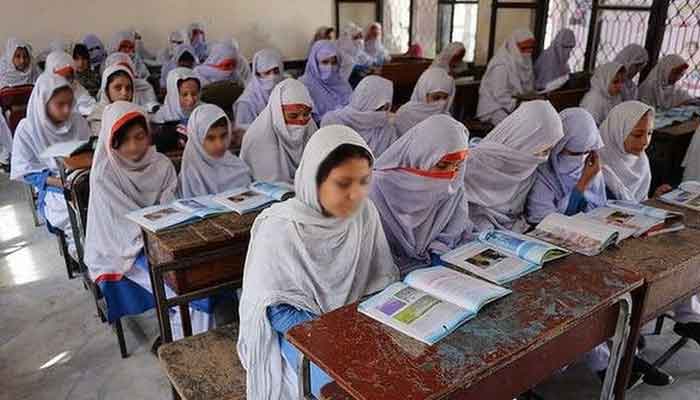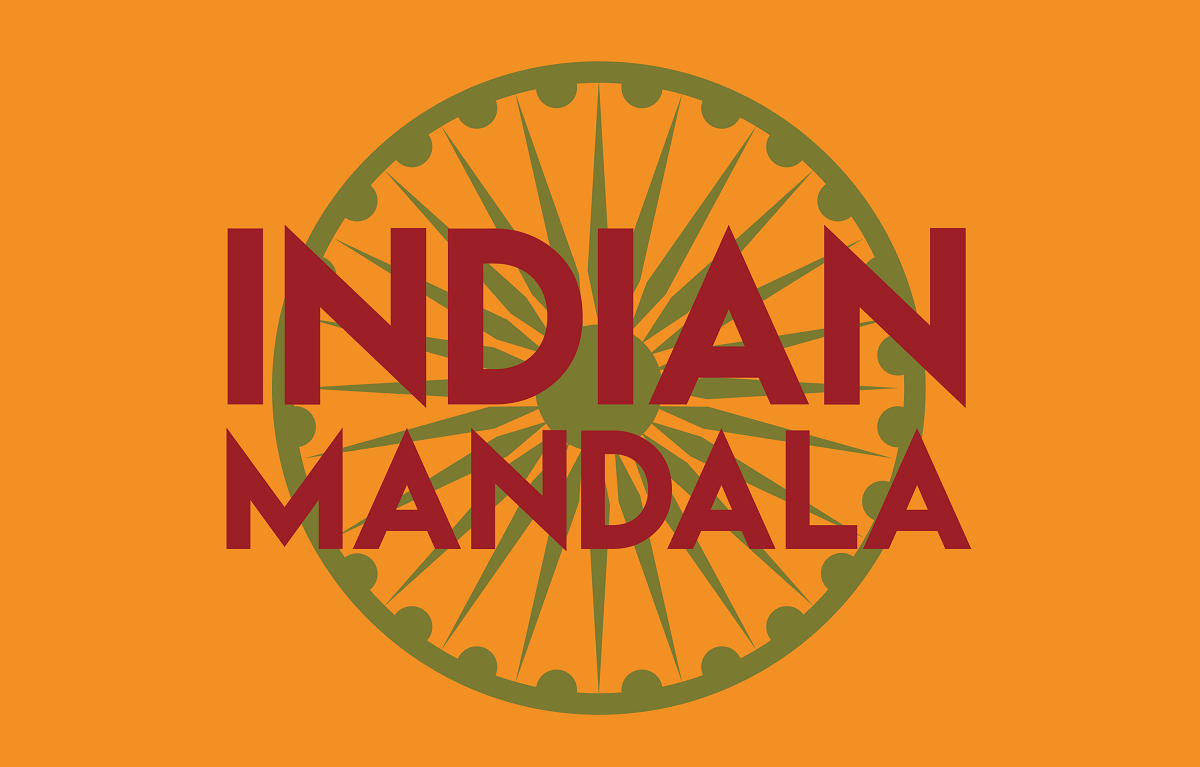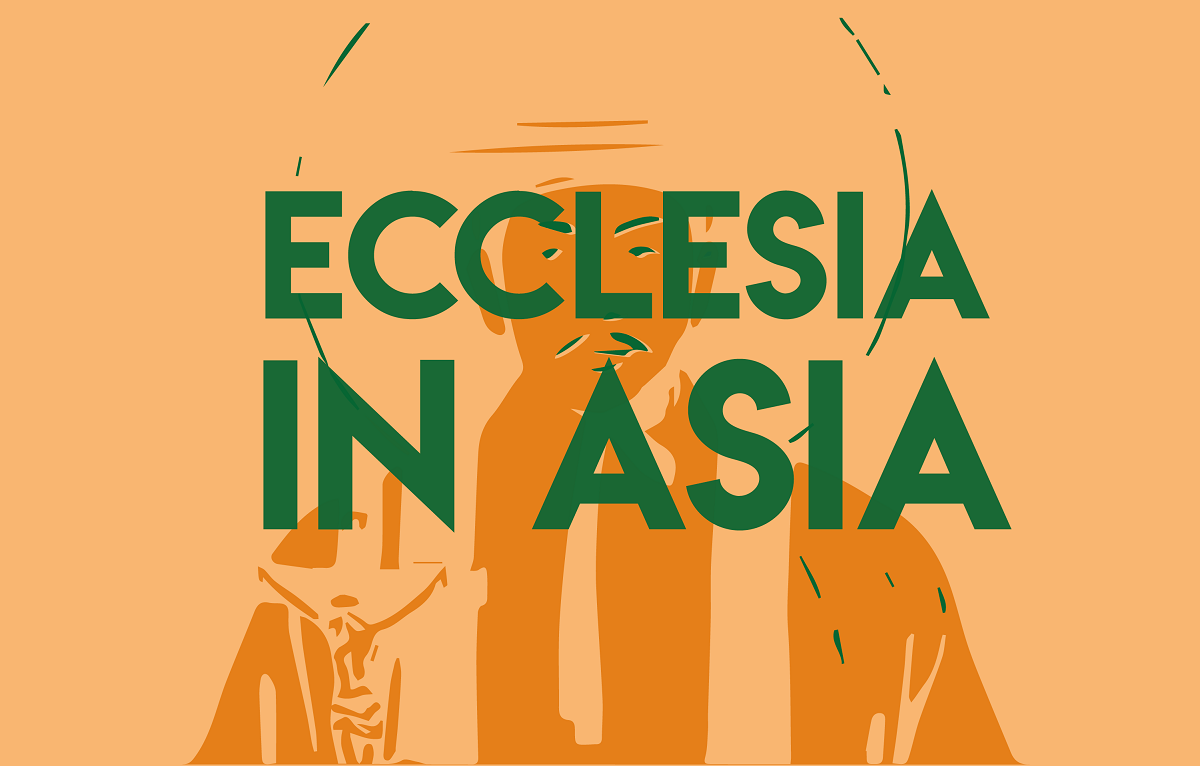Drop out rate in Khyber Pakhtunkhwa risks rising as 600,000 female students lose stipend
In Pakistan's northeastern province, the local government stopped funding stipends for female public school students three years ago. Although meager (200 rupees or $US 0.70) every six months, the money was crucial for female attendance in rural areas. Across the country, spending on education is declining, and 38 per cent of children, especially girls, remain out of school, while early marriage and forced labour are on the rise.
Peshawar (AsiaNews) – A scholarship programme for girls in public schools in Khyber Pakhtunkhwa, the troubled province in northwestern Pakistan, has been inoperative for three years.
According to sources in the province’s Elementary and Secondary Education Department, the government has not funded the programme since 2022, effectively terminating a measure that helped reduce the female school dropout rate in rural areas for more than a decade.
The province introduced the programme in 2008 when it was led by the Awami National Party (ANP), which sought to increase girls’ school attendance and combat early dropouts.
Each student in grades six to ten received a small but crucial stipend of 200 rupees (US$ 0.70) every six months, provided they maintained at least 80 per cent attendance in school.
According to the Education Department, 3.8 billion rupees per year is needed to cover costs for approximately 600,000 beneficiaries. But for the past three years, funding requests have been held up between the finance and education departments with no money released.
Since then, the current administration (backed by the Pakistan Tehreek-e-Insaf (PTI), announced a rise in the stipend to 500 rupees (US$ 1.75) per student. However, despite the promise, no funds have been made available. The PTI is the party of former Prime Minister Imran Khan, who is currently serving time in prison.
The headmistress at a public school in Peshawar told the newspaper Dawn that the girls were overjoyed when they received the scholarships, and that they used the money to buy uniforms and school supplies. Now “Students and their parents regularly ask for payment of stipend but we have no reply to their queries,” she lamented.
Schools continue to regularly submit the necessary application to the Education Department, without a response.
A senior education department official said that the finance department is responsible for the suspension. The latter claims that the impact of the scholarships is minimal compared to the allocated funds, deeming public spending on such a programme ineffective.
Teachers, however, tell a different story. Since the programme was launched, girls' enrolment has increased and absenteeism has significantly decreased, especially in the most remote villages and poorest areas.
The same situation is observed at the national level. According to a recent Save the Children report, Pakistan's public spending on education is at an all-time low, while 26 million children, or 38 per cent, are not in school, one of the highest levels in the world.
According to government documents, the percentage of GDP allocated to education has steadily declined since 2018, when it fell from 2 per cent to 0.8 per cent. Since the start of the current fiscal year in July 2024 to March 2025, spending on education has decreased by 29 per cent.
Another problem is climate-related disasters, such as heatwaves, which lead to school closures. The 2022 floods disrupted the education of nearly three million children.
For girls, the situation is more complicated, not only in Khyber Pakhtunkhwa, but also in the rest of the country; in Balochistan, southwestern Pakistan, 75 per cent of girls do not attend school, victim to early marriage or forced labour.
Data from 2021 shows that nearly one in 10 children between the ages of 10 and 14 is out of school, while an estimated 19 million girls are married before their 18th birthday.







.png)










